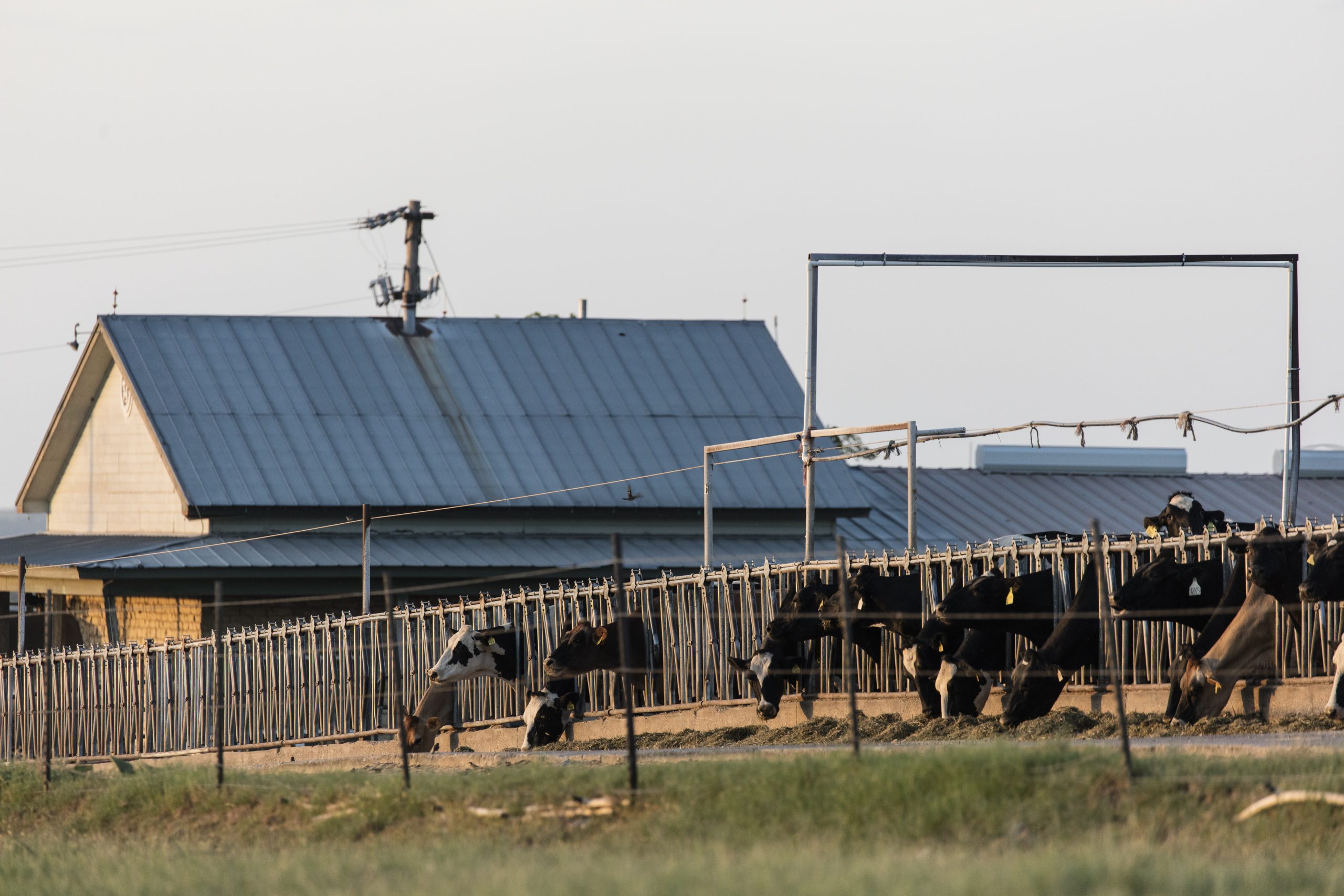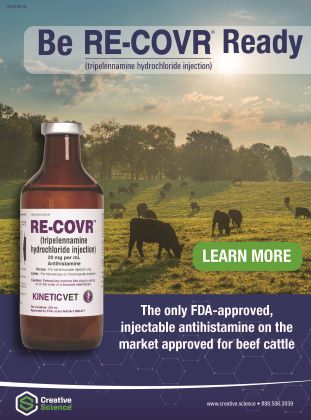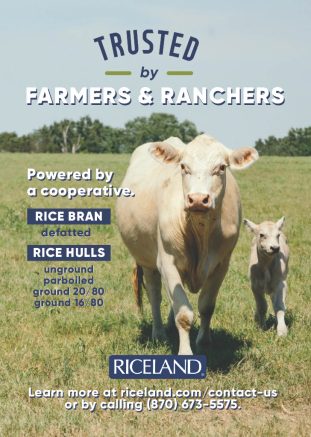Articles

Managing Fly Infestations By Location
Managing Fly Infestations by Location: Identification, Prevention, and the 30/30 Approach Flies are more than just a nuisance around cattle operations. They directly affect animal health, productivity, and overall profitability. From spreading disease to reducing feed efficiency and milk production, these pests can inflict significant losses if not properly managed. Effective fly control requires understanding […]
READ MORE
Finalists Announced for 2025 NATDA Industry Excellence Awards
Finalists Announced for 2025 NATDA Industry Excellence Awards Recipients will be selected by popular vote from the NATDA membership and revealed at the Trailer Tech Expo in Reno for their outstanding contributions to the trailer industry. The North American Trailer Dealers Association (NATDA) and Trailer Tech Expo Powered by NATDA™ today announced the finalists for […]
READ MORE
Vaccinations for Dairy Cattle
Vaccinations for Dairy Cattle Dairy cattle are generally on a different vaccination schedule than beef cattle, mainly because most dairies calve year-round, rather than a defined calving season. Most vaccinations are based around when a cow will calve, and this may be any time of year—and newborn calves receive their first vaccines when they are […]
READ MORE
Care of Does Before Kidding
Care of Does Before Kidding Proper monitoring and care of goats during parturition, or kidding is important for the overall health of goat herd. Adult dairy goats are generally less commonly affected than young stock by parasitism or respiratory disease, but they are more prone to metabolic and chronic diseases. Most goat dairies use seasonal […]
READ MORE



